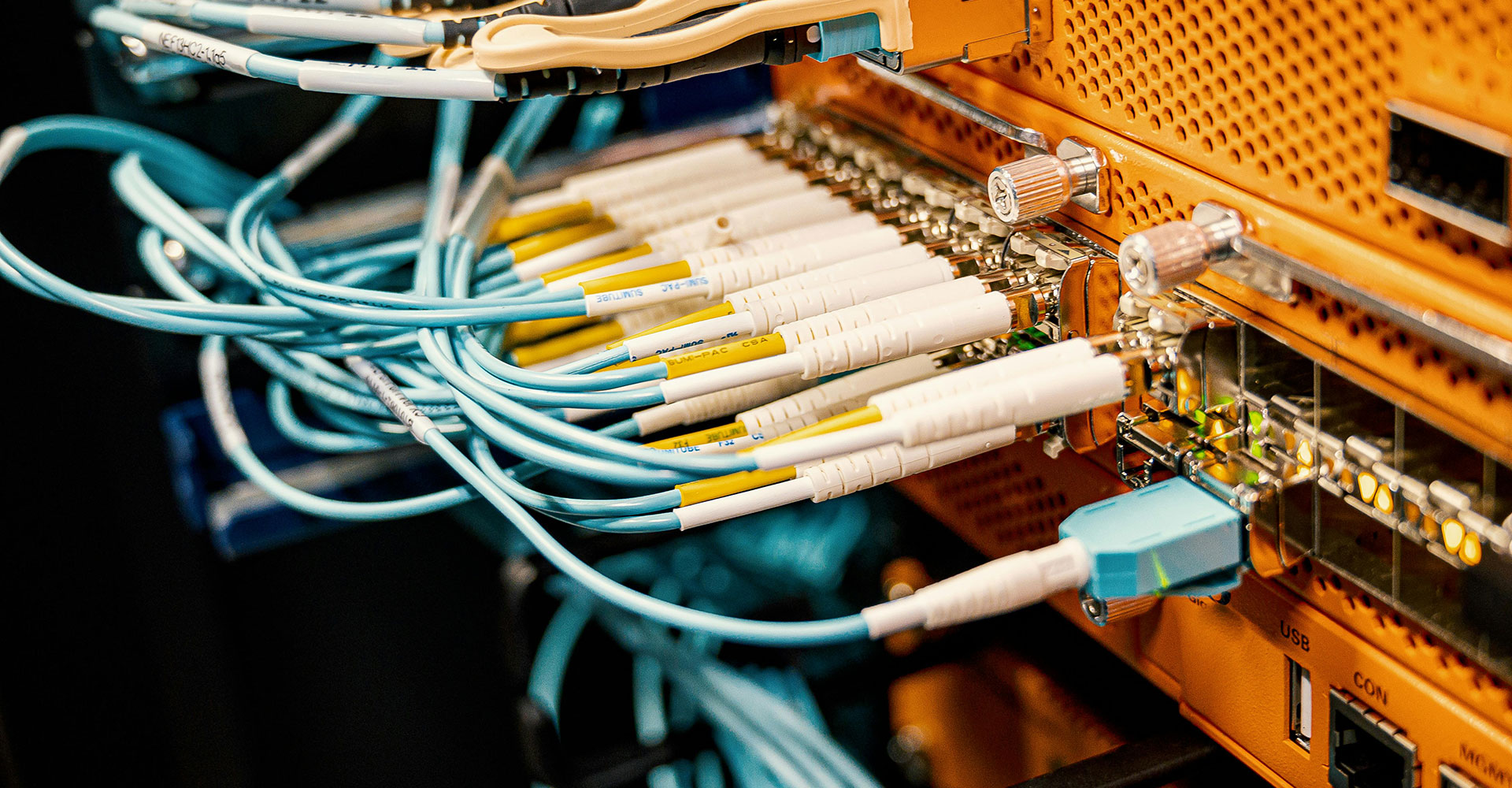In the marketing world, the halo effect is a psychological concept that refers to someone’s cognitive bias, where one experience can influence how you feel about other, unrelated experiences. For example, when you’ve had a positive shopping experience in a brick-and-mortar store, you’re more likely to visit the store’s online platform (and vice versa).
Retailers can leverage the halo effect to influence consumer spending in one shopping channel (a physical store, for example) and encourage that same consumer to make purchases at the same retailer via another channel (like the store website).
How does the halo effect connect retail and online shopping? Simply this: online transactions translate into physical store purchases, and vice versa. There’s a positive correlation when retailers have an omnichannel strategy that includes a physical and digital presence. Web traffic and brand awareness grows. Consumers take advantage of all available channels, and profits increase.
A 2018 landmark study published by the International Council of Shopping Centers (ICSC) found in its analysis of over 41 million credit and debit card holder records that after an online transaction, an average halo consumer makes 2.1 transactions in-store with the same retailer within 15 days. A customer who makes an in-store purchase will likewise make 1.3 online transactions with that same retailer within 15 days. Physical and digital transactions act as extensions of each other as consumers spend continuously at both within two weeks. The study learned that brick-and-mortar stores form the foundation of the halo effect by directly impacting digital engagement and consumer awareness of a brand.
Physical Stores Increase Online Traffic and Brand Awareness
Successful brands utilize an omnichannel strategy to meet their customers’ needs. Physical stores provide hands-on opportunities and human interaction — something missing from the online shopping experience. Reimagined brick-and-mortar stores have a material effect on a brand’s success; they drive market performance, boost customer perception by acting like brand “billboards.”
ICSC identified the Gen Z demographic as a key driver in shopping at physical locations. Tom Gillpatrick, Professor of Marketing at Portland State University, says “There is an increasing need among this group for high-touch experiences. They’re surrounded with digital. Real experience has become novel.”
Physical stores play an important role in gaining customer trust, contributing to increased brand equity. According to Jonathan Reynolds, Associate Professor in Retail Marketing and Deputy Dean at the Saïd Business School at the University of Oxford, “Particularly in categories where customers want to check out a product in terms of quality, if they do that in-store, they’re a lot more confident about that purchase, and — having been reassured — they will subsequently spend more online.”
The information gleaned from in-person interactions enables retailers to customize and personalize online shopping experiences — and a positive consumer experience leads to more purchases and greater revenue.
Taking Advantage of the Halo Effect
It makes sense, therefore, for retailers to utilize an omnichannel strategy that includes both a physical and an e-commerce presence, as each channel positively impacts the other by using brand recognition and product experiences to inspire sales in the other channel.
In fact, regardless of whether an initial purchase occurs online or in a physical store, the total average net spending for halo events is significantly higher than the original purchase. For example, a halo event initiated by an online purchase of $100 followed by an in-store purchase at the same retailer within 15 days averaged a net spend of $231. Likewise, a $100 in-store purchase followed by an online purchase with the same retailer yielded an average net spend of $267.
When consumers purchase something at a physical store and determine that their purchase offers high quality and value, they’re more likely to spend more online. To successfully generate the halo effect, retailers should:
- Emphasize personalization: Engage with customers in-store and tailor the shopping experience to their preferences.
- Gather and analyze relevant customer data: Leverage customer journey software to collect and evaluate consumer-related information, test/measure product placement and store design, find (and fix) customer pain points, and identify areas to enhance the customer experience
- Improve or enhance consistency across all channels: The halo effect depends on customer expectations for consistency in online and physical shopping experiences. Invest the time to train in-store and digitally-based staff and associates.
Today’s consumers expect a superior customer experience regardless of how they shop. Customers willingly support brands that provide a range of omnichannel options. Retailers that capitalize on in-person shoppers — by gathering information that identifies customer preferences, for example — can translate that data into creating a personalized online shopping experience.
In an evolving retail landscape that’s influenced by new technology, retailers who want to stay competitive and relevant should create engagement opportunities that include both virtual and physical touchpoints that focus on their customers’ needs and wants.
Retailers that use tracking technologies to determine customer behavior and identify (and replicate) positive shopping experiences are better able to channel the halo effect — a clear, quantifiable retail phenomenon — and are more likely to successfully build brand loyalty, increase brand awareness, and grow revenue streams.

